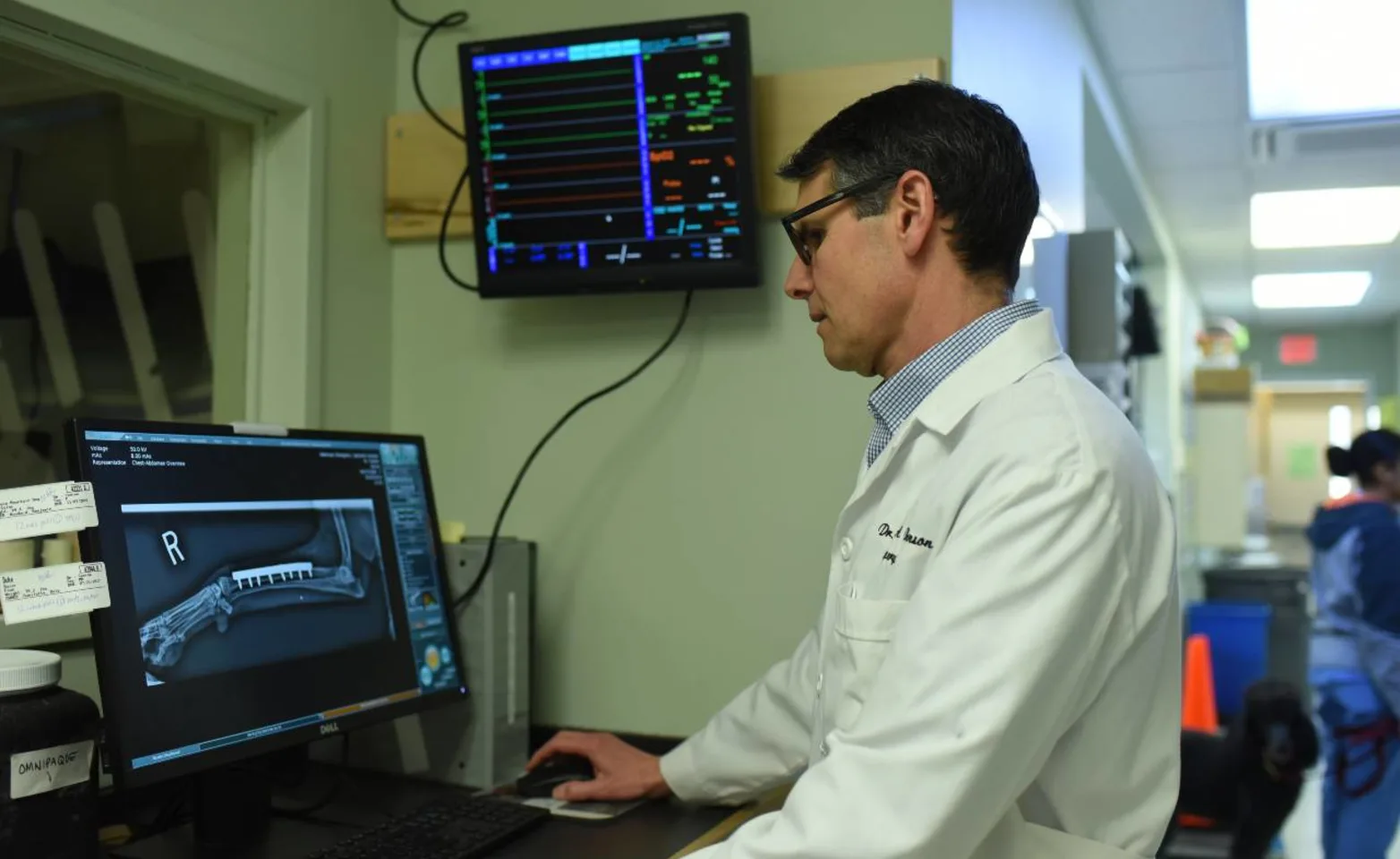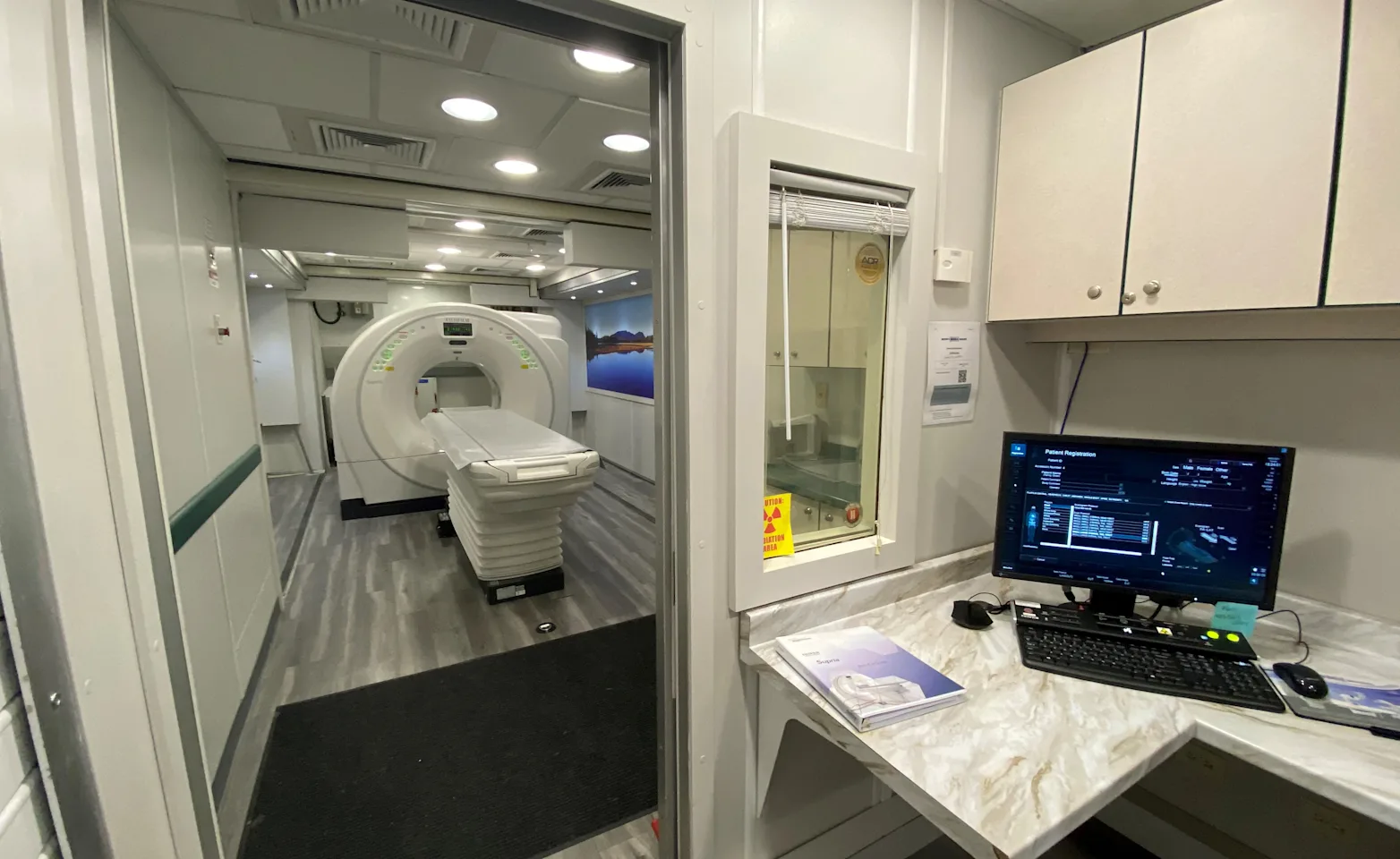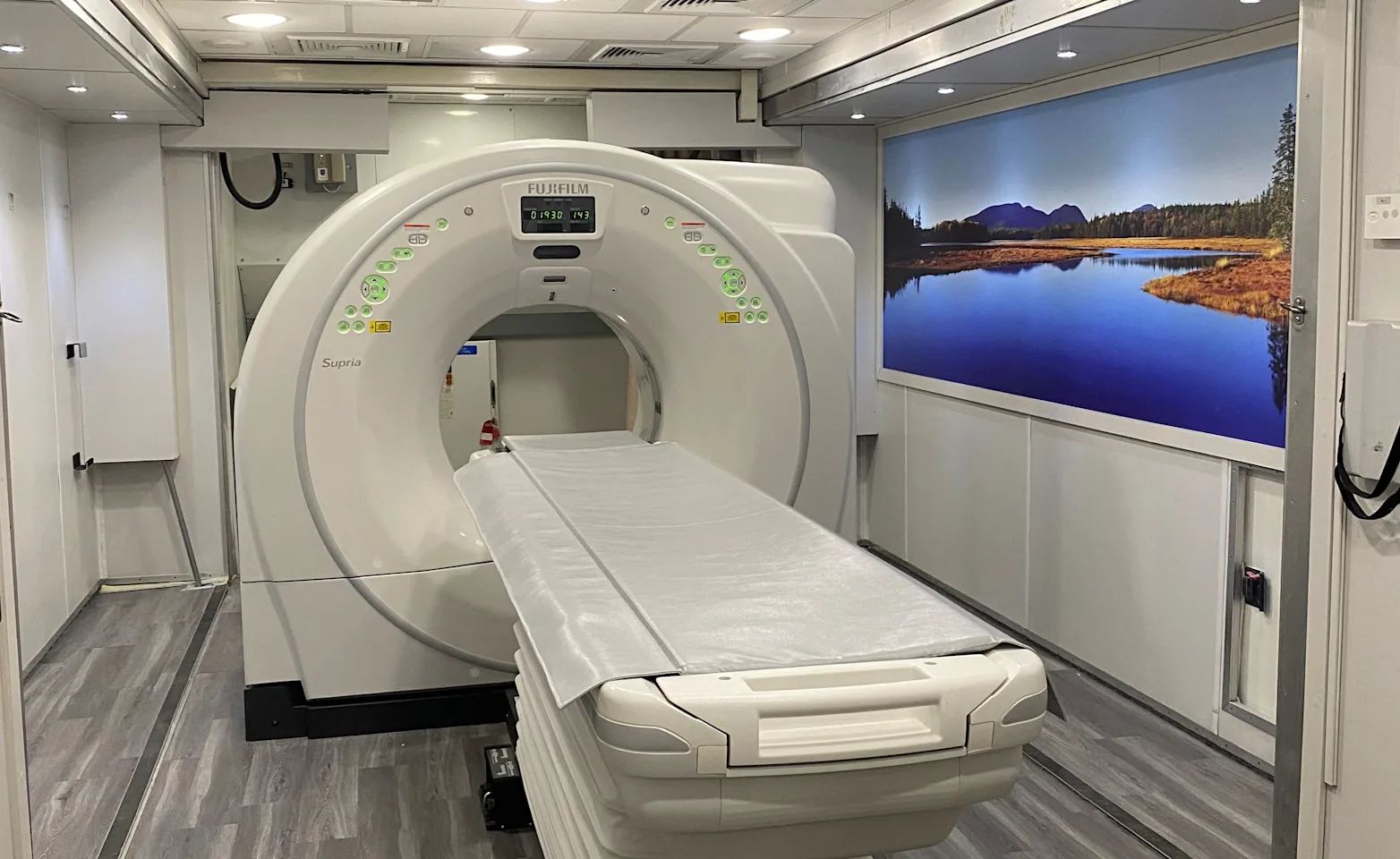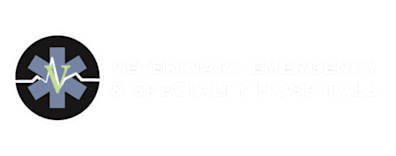Veterinary Emergency & Specialty Hospitals (VESH)

Diagnostic Imaging
Imaging Technology at VESH
In-house lab tests:
Chemistry
Complete blood count
Coagulation profiles
Urinalysis
Blood typing
Cross matching
Ethylene glycol
Lactate measurement
End tidal carbon dioxide monitoring
Digital radiography (x-rays)
Industry-leading Canon Xario™ 200 Platinum Series ultrasound machine
Endoscopic procedures
GI endoscopy
Colonoscopy
Rhinoscopy
Bronchoscopy
Cystoscopy
Contrast studies (bladder and back)
Fine needle aspirates
Biopsy
Laparoscopic biopsy
EKG

Common Problems We Diagnose
The following list, while not exhaustive, details issues that our specialty team can aid in identifying.
Broken bones: X-rays and other tests can identify any fractures or breaks affecting an animal.
Cancer: Diagnostic imaging can determine the location and severity of tumors and masses.
Heart disease: The heart’s health can be monitored by tests that show its size and function.
Respiratory illness: Some procedures can show any issues, fluids, or abnormalities in the lungs and airways of an animal.
Pregnancy: Ultrasounds are useful in tracking the mother and babies.

Advanced CT Imaging at VESH
VESH recently installed a new 32 slice axial tomography scanner, commonly referred to as a “CT” or “CAT scan”. This scanner utilizes a rotating beam of x-rays to capture and create highly detailed three-dimensional images of any region of the body. Veterinarians can then view these images in different windows and planes to gather precise information about the disease process they are investigating. CT has wide applications in orthopedics, internal medicine, and oncology. It is especially well suited to examine the head, chest, bones, abdomen, and pelvis. A CT scan can tell a surgeon if a certain mass is invasive. It can also help ER doctors assess for trauma and is also the preferred imaging modality for large dog abdomens where ultrasound would be limited.
A CT scan is much more sensitive and detailed compared to plain x-rays so abnormalities that would be missed on an X-ray are readily visible with CT. The newer technology also means that our scanner can complete scans in a matter of seconds, thus minimizing time in the gantry and yielding quick results.

CT Is Most Useful For:
Trauma (thoracic or abdominal trauma, severe dyspnea)
Lung disorders (bronchial disease, thromboembolic disease, lung lobe torsion)
Tissue abnormalities (masses, metastases detection, vascular abnormalities)
Neurologic disorders (IVDD, space occupying masses, neoplasia)
Nasal diseases in cats and dogs with chronic nasal discharge (neoplasia, fungal, foreign body)
Orthopedic abnormalities (elbow and hip dysplasia, neoplasia, fracture reconstruction)
Surgery plan (pinpoint exact location of tumors)
